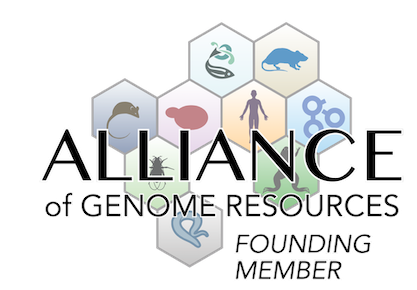nervous system
|
• both heterozygotes and homozygotes show enlarged Schwann cell-axon networks in a small number of myelinated axons of peripheral nerves by 10-14 weeks of age
|
|
• at 10 to 14 weeks of age the sciatic nerve distal to its exit from the vertebral column has bundles of small axons without intervening Schwann cell cytoplasm, bundles of larger diameter unmyelinated axons, isolated Schwann cell-ensheathed large unmyelinated axons, axons with redundant myelin sheaths, and dystrophic axons
|
|
• regeneration of sciatic nerves esperimentally crushed at 10-14 weeks of age is impaired such that 4 weeks after crush there are fewer myelinated axons per area, smaller fiber diameter, smaller myelin thickness, smaller percentage myelin, and smaller percentage axon, ther are also more myelin ovoids and lipid droplets
• 8 weeks after experimental crushing of the sciatic nerve the hindlimb is noticeably impaired compared while controls have a normal gait, and lipid droplets are still found near the crush site
• facial nerves, which are predominantly motor fibers, and sural nerves, which are predominantly sensory fibers, both show limited regeneration 4 weeks after an experimental crush injury
• wild-type sciatic nerve engraftment progresses poorly within the distal endogenous homozygous nerves with regeneration of the tissue severely impaired where wild-type axons encounter homozygous or heterozygous host Schwann cells
|



 Analysis Tools
Analysis Tools